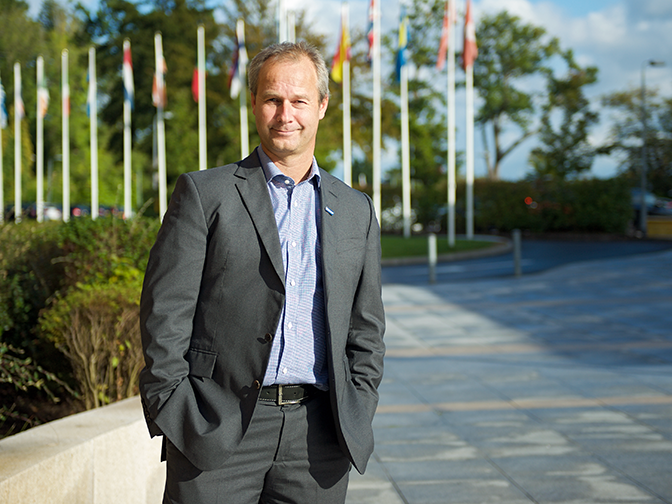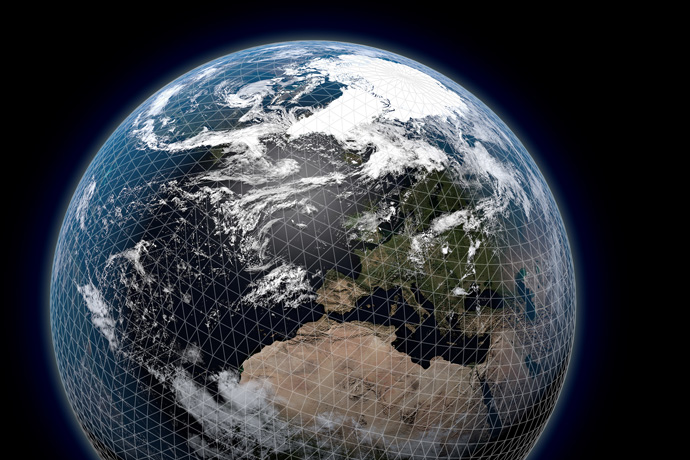

The project will make it possible to simulate deep convection explicitly at the global scale. (Photo: Ivica Brlić, WMO 2018 Calendar, CC BY-NC-ND 2.0)
A group of ECMWF scientists have been awarded time on the world’s most powerful supercomputer to carry out ground-breaking global weather and climate simulations at 1 km resolution.
The award is one of 47 made by the US INCITE programme for 2020 after a highly competitive selection process.
The allocation of 500,000 node-hours on the Summit supercomputer at the Oak Ridge National Laboratory in the US will enable ECMWF scientists Nils Wedi, Peter Bauer and Peter Düben, together with collaborator Valentine Anantharaj from Oak Ridge, to explicitly simulate deep convection at the global scale.
The particular challenge lies in running a 1 km global weather simulation for a season, and potentially an entire year, and handling the vast amounts of data this will produce.
Such a long simulation is sometimes referred to as a Nature Run. A recent example is a 14-month forecast using ECMWF’s Integrated Forecasting System at a grid spacing of 9 km.

Nils Wedi is the project’s Principal Investigator.
“Deep convection affects the vertical redistribution of energy, momentum and heat in the atmosphere,” says Nils, the Head of Earth System Modelling at ECMWF. “Our inability to resolve these processes is a major source of uncertainty in weather and climate predictions.”
Global simulations at resolutions of about 1 km have recently been advocated in an article by Professor Tim Palmer (University of Oxford) and Professor Bjorn Stevens (Max Planck Institute for Meteorology, Hamburg) as a way forward “commensurate with the challenges posed by climate change”.
However, computational cost limitations mean that the grid spacing in today’s highest-resolution operational global models is in the order of 10 km, and it is even coarser for seasonal and climate predictions.
“Going down to 1 km is a quantum leap which will enable us to see how explicitly simulated deep convection interacts with and induces global changes in weather patterns,” Nils says.
“The results will help us to advance global numerical weather prediction as well as climate science.”

Numerical weather prediction and climate models cover the globe in a grid and simulate the evolution of the Earth system for each grid box. The smaller the grid spacing, the more Earth system processes can be explicitly simulated by the model.
